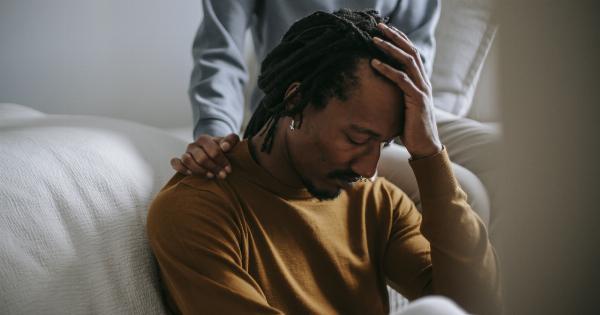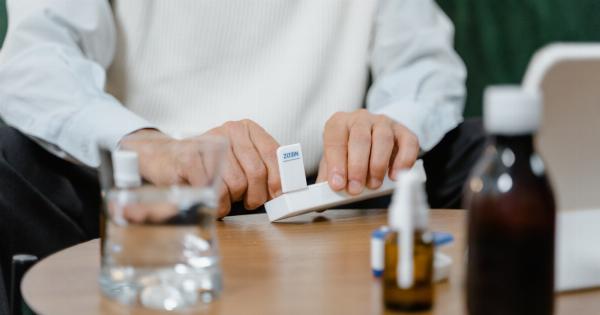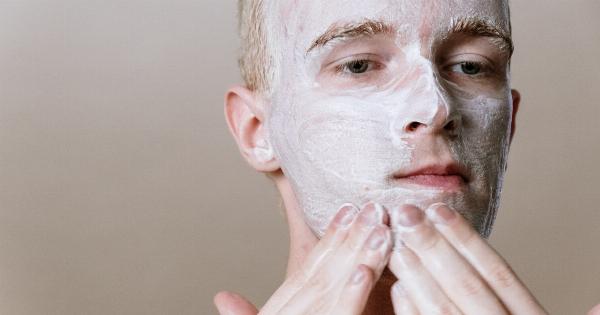Psoriasis is a chronic autoimmune condition that causes the rapid growth of skin cells. This leads to the formation of thick, red, scaly patches on the skin. Psoriasis affects around 7.5 million people in the United States and can occur at any age.
In this article, we will take a deeper look at psoriasis: its causes, symptoms, and treatments.
Causes of Psoriasis
Psoriasis is caused by an overactive immune system. In a normal immune response, white blood cells are sent to fight an infection or injury. Once the infection is cleared or the injury has healed, the white blood cells are no longer needed and die off.
In psoriasis, the immune system mistakenly sends white blood cells to attack healthy skin cells. This causes the skin cells to multiply rapidly, leading to the characteristic thick, red, scaly patches of psoriasis.
While the exact cause of psoriasis is not fully understood, there are several factors that may contribute to the development of the condition:.
Factors that May Contribute to Psoriasis
-
Genetics: Psoriasis tends to run in families. If one or both parents have psoriasis, you are more likely to develop the condition.
-
Immune system: As discussed earlier, an overactive immune system is thought to be a primary cause of psoriasis.
-
Environment: Certain environmental factors, such as stress, infections, and injuries to the skin, can trigger psoriasis.
Symptoms of Psoriasis
Psoriasis is primarily characterized by the appearance of thick, red, scaly patches of skin. These patches can appear anywhere on the body, but are most commonly found on the knees, elbows, scalp, and lower back. They may be itchy, painful, or both.
In addition to the patches of skin, people with psoriasis may experience other symptoms, including:.
-
Dry, cracked skin that may bleed.
-
Fungal or bacterial infections of the skin or nails.
-
Joint pain and stiffness (known as psoriatic arthritis).
Treatments for Psoriasis
While there is no cure for psoriasis, there are several treatments available to manage symptoms and reduce the frequency and intensity of flare-ups:.
Topical Treatments
Topical treatments are applied directly to the skin and include creams, ointments, and shampoos. These treatments can help reduce inflammation and irritation, soften and loosen scaling, and slow down the growth of skin cells.
Some common topical treatments for psoriasis include:.
-
Corticosteroids: These are anti-inflammatory medications that help reduce redness and swelling. They can be applied as creams, ointments, gels, foams, or sprays.
-
Calcitriol and Calcipotriene: These are vitamin D analogues that help slow down the growth of skin cells. They can be applied as creams or ointments.
-
Coal Tar: This is an old treatment that helps reduce inflammation and scaling. It can be applied as a shampoo, cream, or ointment.
Systemic Treatments
Systemic treatments are medications that are taken orally or injected into the body. They work throughout the entire body to reduce inflammation and slow down the growth of skin cells.
Systemic treatments are reserved for people with moderate to severe psoriasis, as they can have serious side effects. Some common systemic treatments for psoriasis include:.
-
Methotrexate: This is an immunosuppressant medication that helps reduce inflammation and slow down the growth of skin cells. It is taken orally or by injection.
-
Cyclosporine: This is also an immunosuppressant medication that helps reduce inflammation, but it can damage the kidneys and increase blood pressure. It is taken orally.
-
Biologics: These are a newer class of medications that target specific proteins that contribute to the development of psoriasis.
They can be effective for people with moderate to severe psoriasis, but they are expensive and may increase the risk of infections.
Light Therapy
Light therapy, also known as phototherapy, involves exposing the skin to ultraviolet (UV) light. This can help slow down the growth of skin cells and reduce inflammation.
Light therapy can be administered in a doctor’s office or at home using a special light box. Some people may require multiple treatments per week for several weeks to see results.
Conclusion
Psoriasis is a chronic autoimmune condition that affects millions of people around the world. While there is no cure for psoriasis, there are several treatments available to manage symptoms and reduce the frequency and intensity of flare-ups.
If you suspect you may have psoriasis, it is important to speak with a dermatologist who can help develop a treatment plan tailored to your specific needs.




























